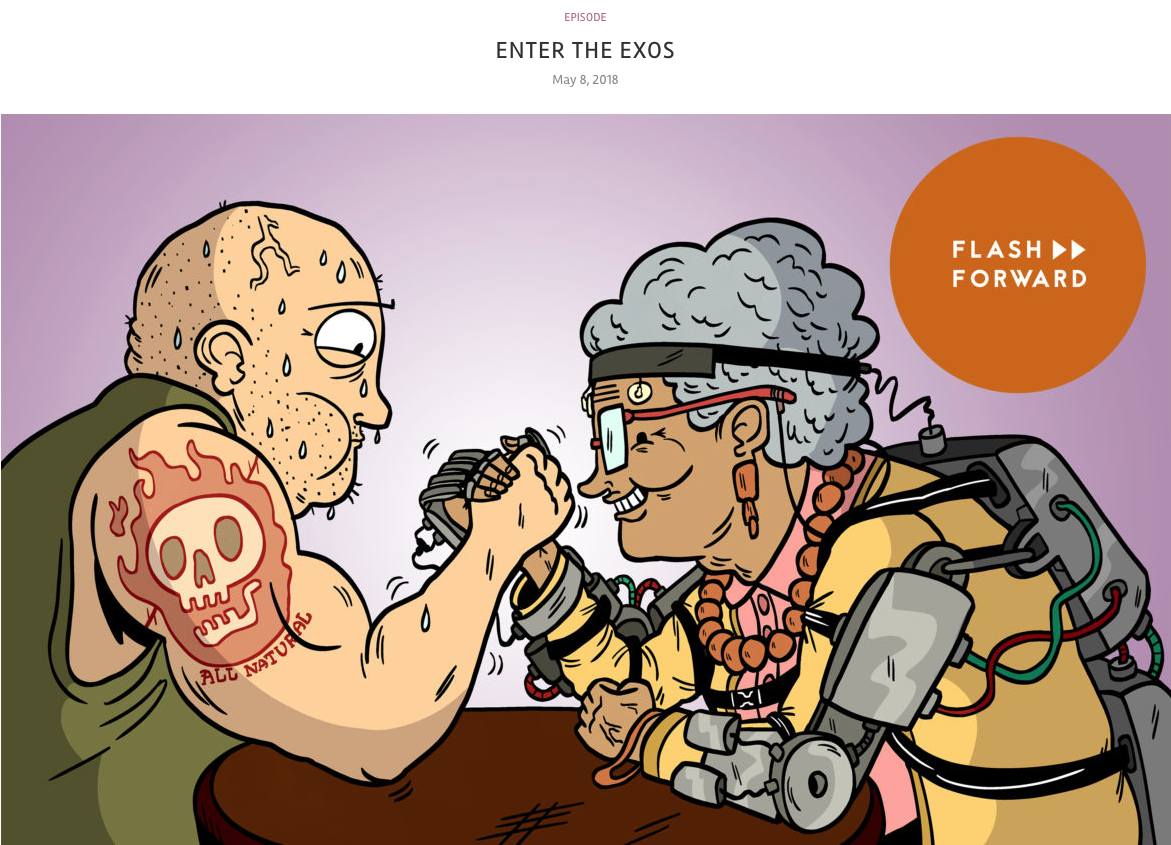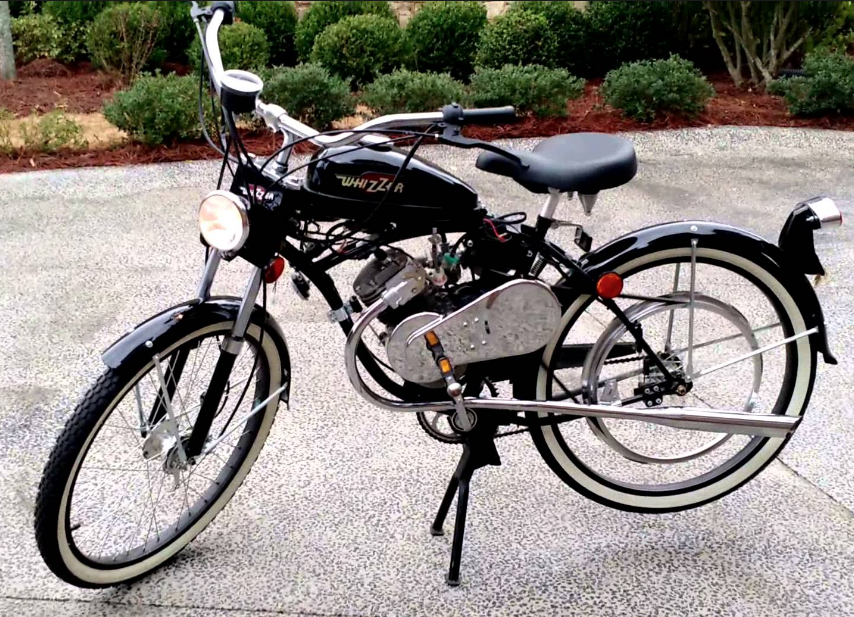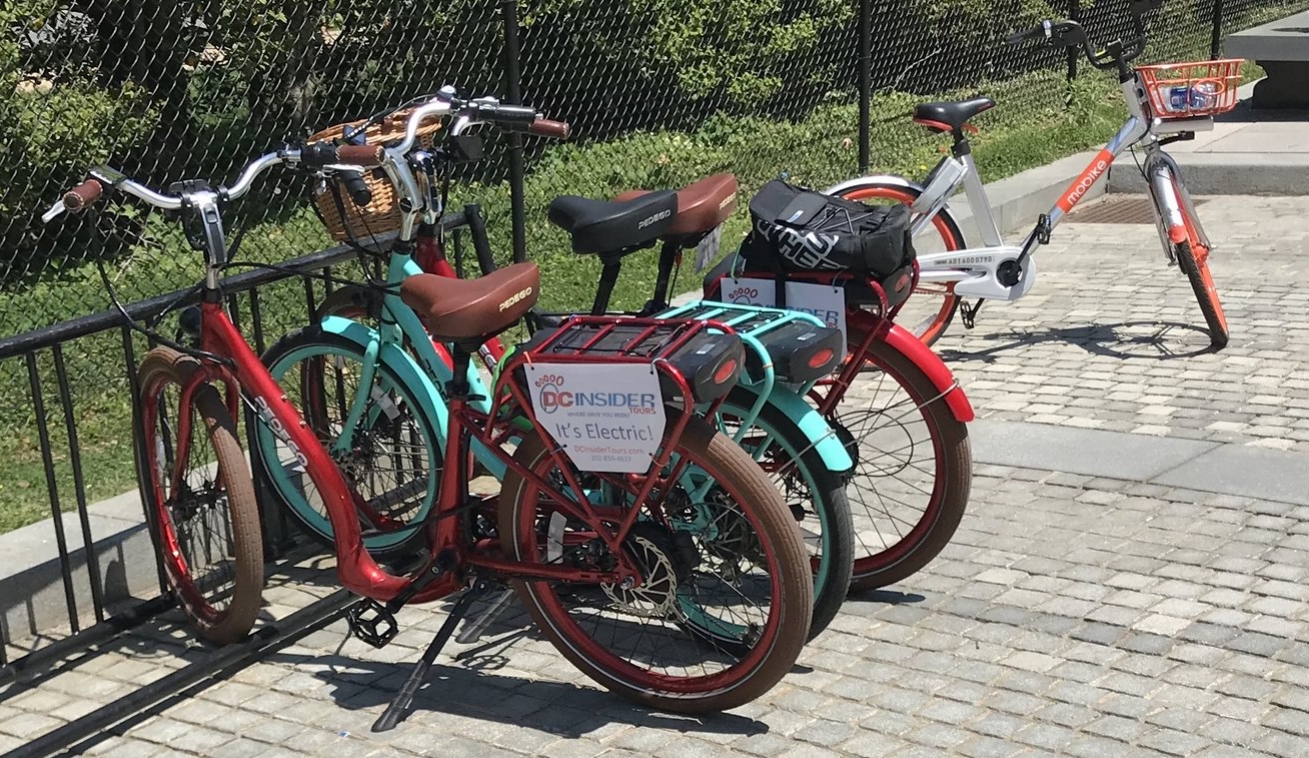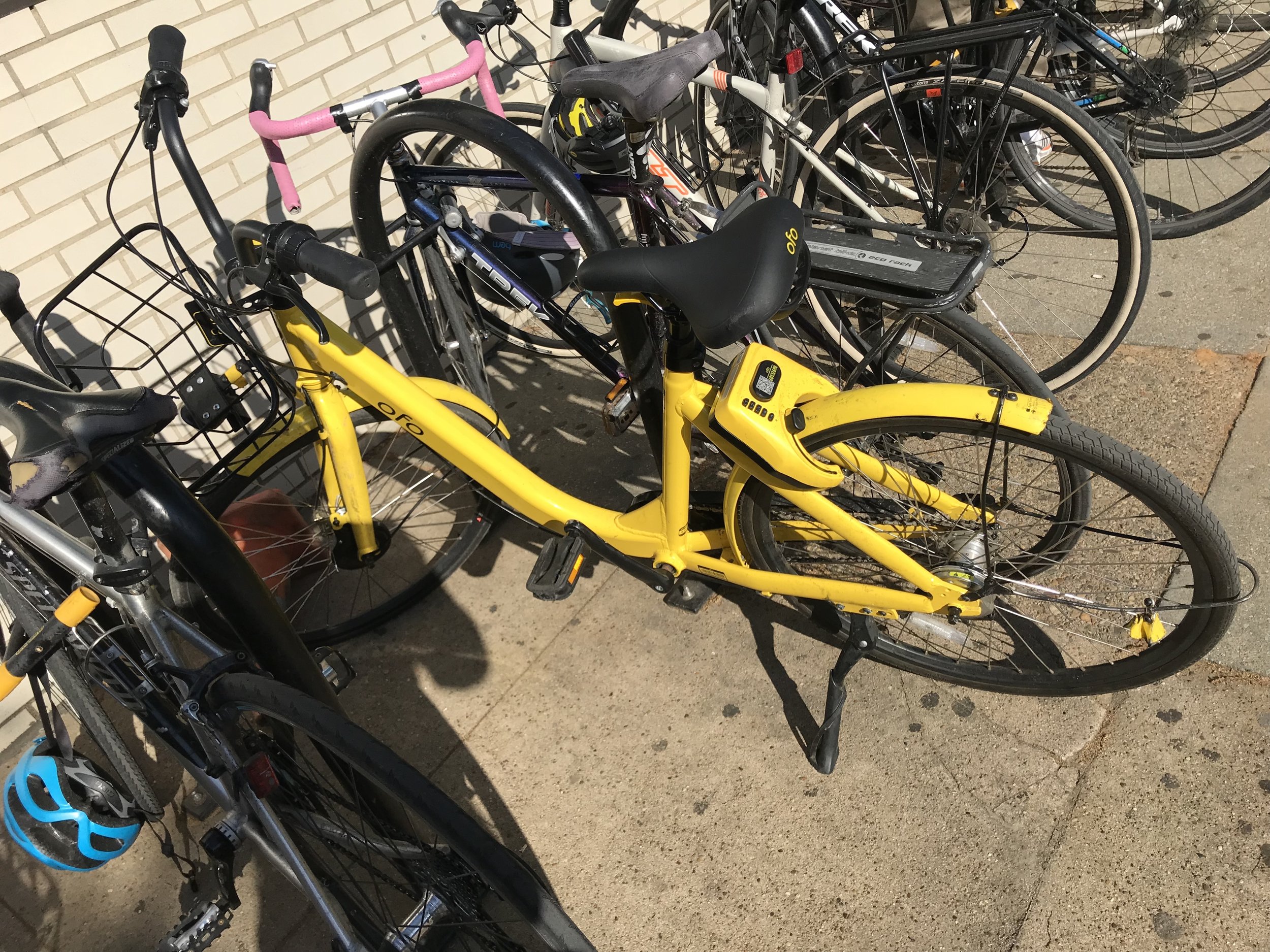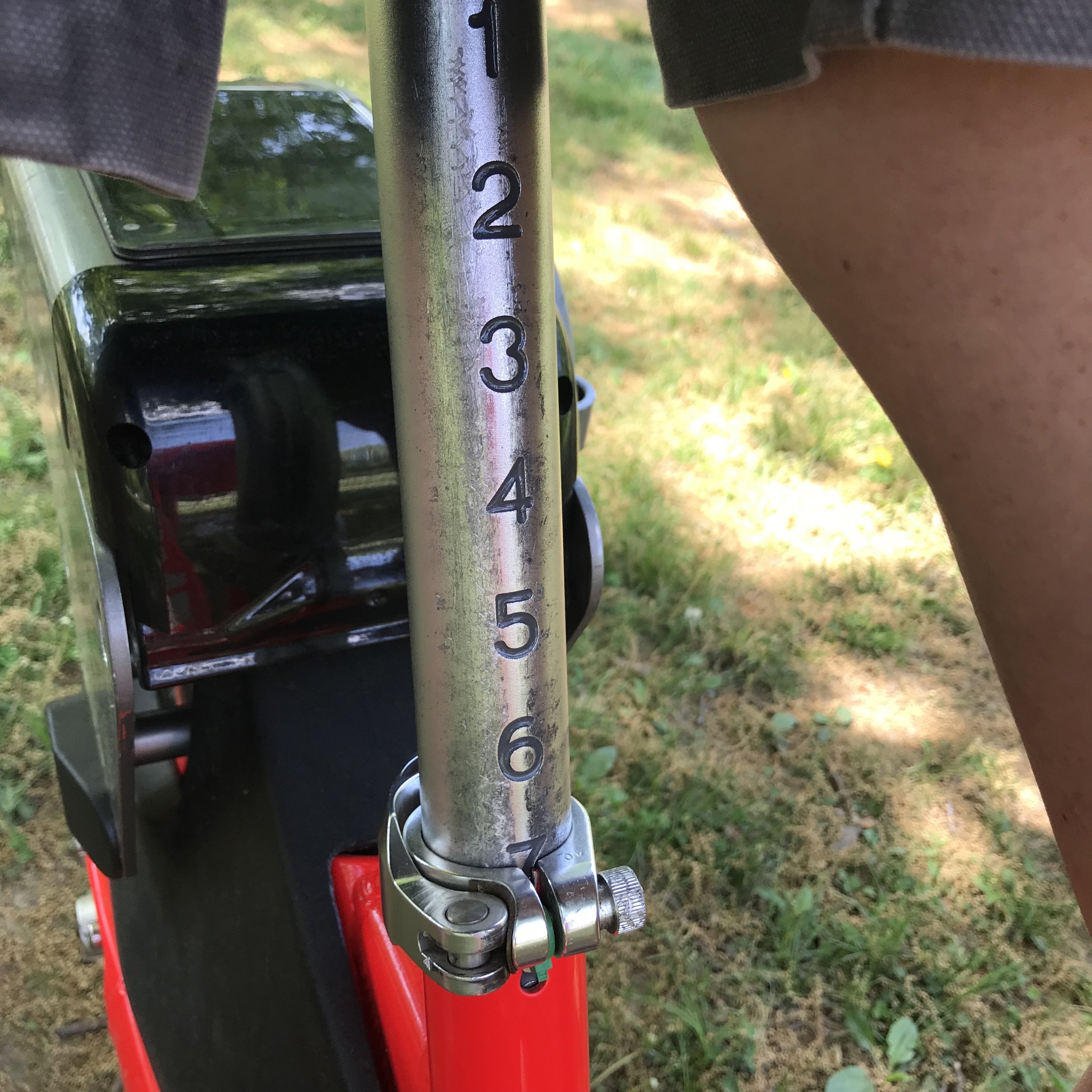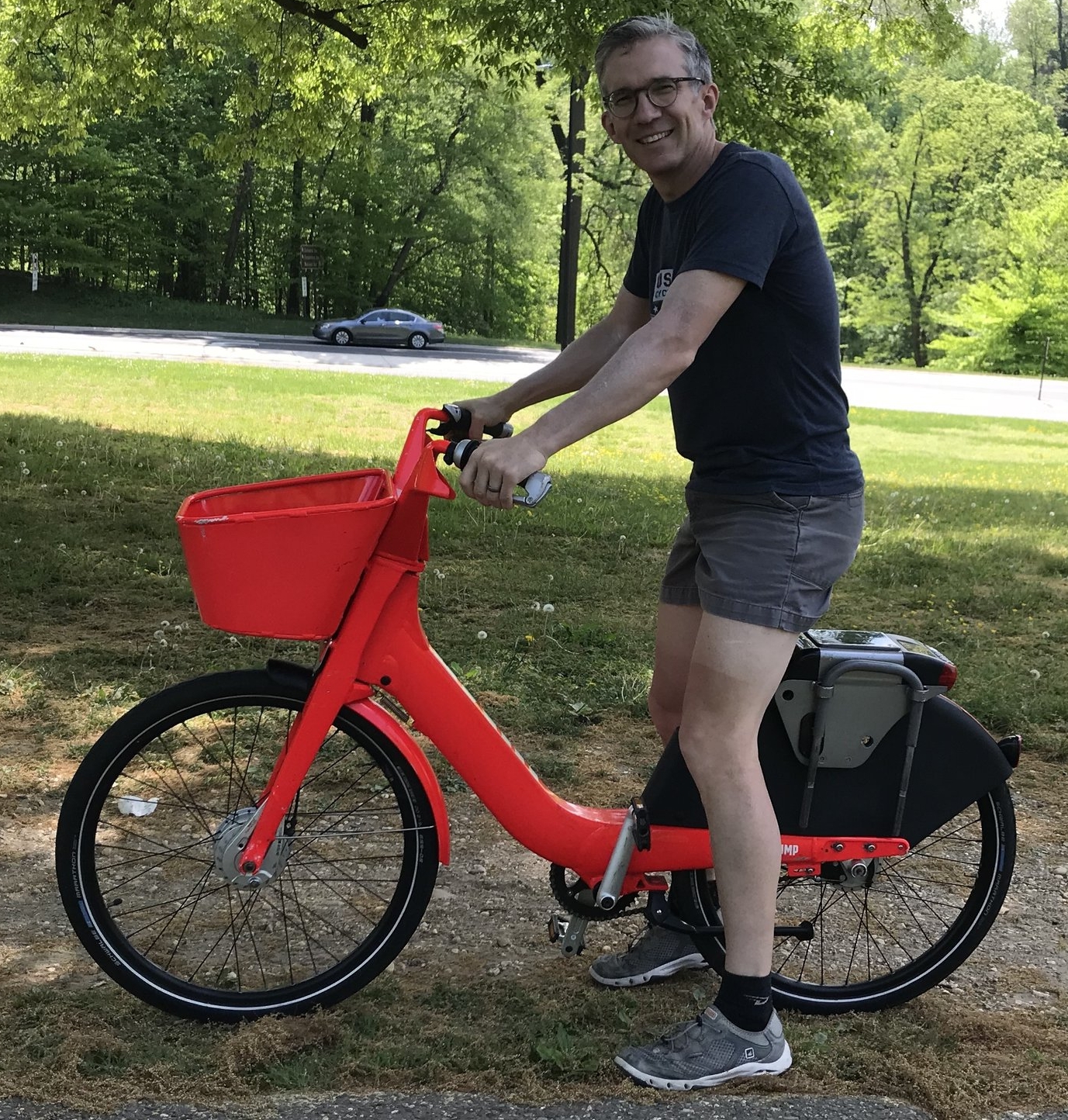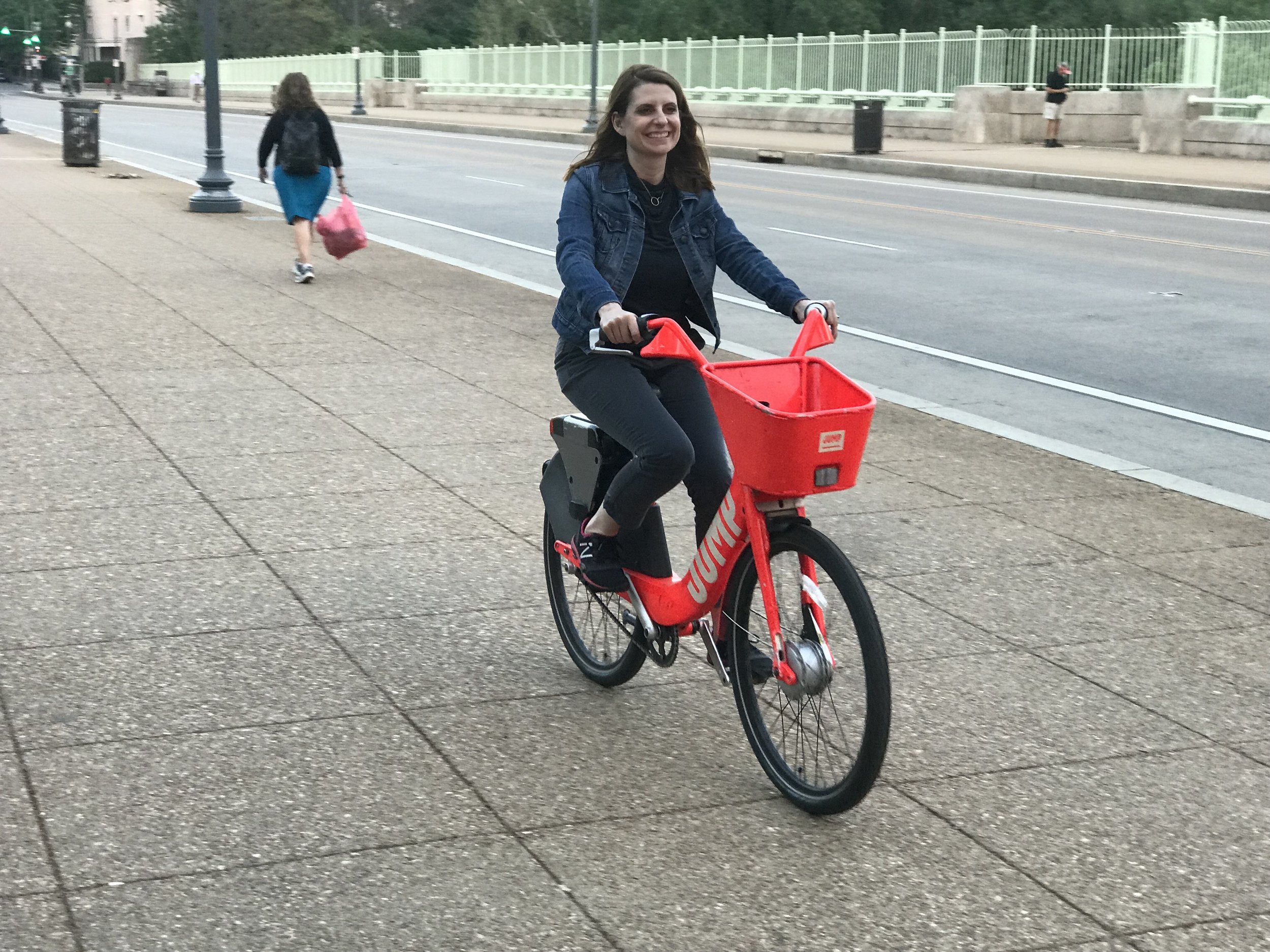Thanks for inviting me to kick off this very important event. Let’s start with a healthy dose of intellectual honesty. Obesity is a disease. It has arguably been so since the beginning of time, but it was made official in this country in 1985 when the National Institutes of Health issued a statement following its Consensus Development Conference on Obesity. This was followed by the report of the World Health Organization’s Consultation on Obesity and then the report of a committee of the Institute of Medicine, now known as the Health and Medicine Division of the National Academy of Sciences. Finally, the American Medical Association in 2013. Obesity is a disease because it is a “definite, morbid process with characteristic symptoms which affects the entire body; and has a known pathology and prognosis.” Obesity shouldn’t need this label in order to be taken seriously. Whether we--our institutions and organizations--pay for obesity treatment should ultimately depend more on what outcomes we value and the cost of achieving those outcomes. That is, the material inputs and outputs of the process, not our opinions of the people or behaviors that lead to them. A materialist versus spiritualist argument. I recently spoke at the Chronic Disease Alliance of Kansas meeting. Some of you were there. I made the argument that even if you are a spiritualist by nature, if you’re interested in medicine or public health, you must invest in a materialist point of view. That means you have to provide evidence for your assertions. How does this little philosophical cul-de-sac apply to obesity? Because I would argue that in spite of ample evidence and the label of disease applied by the NIH, the National Academy of Sciences, the AMA, and others, we don’t treat obesity in this country as a disease.
Think of what happens if you have, say, osteoarthritis of the knee. If you go to the doctor complaining of knee pain that fits the pattern of knee osteoarthritis, within some small confidence interval, you’ll get the same treatment regardless of what doctor you visit: x-rays to confirm the diagnosis, then some initial combination of anti-inflammatory drugs plus or minus strength training or physical therapy; then possibly an injection of hyaluronate or another agent; then a surgical procedure. All backed by some degree of clinical evidence as to their efficacy, with a set of professional guidelines that dictate the order and intensity in which they’re used.
And treatment for the disease--osteoarthritis still--is not limited to the clinical environment. We live under a robust set of laws, regulations, and expectations surrounding the humane treatment of people with osteoarthritis: handicapped parking stalls, construction standards around accessibility (curb cuts and whatnot). Furthermore, an enormous industry exists which caters to osteoarthritic people’s needs: handrails, higher toilets, special bathtubs, purpose-designed kitchen utensils, and others. For all its imperfections, this set of guidelines and expectations has the hallmarks of science: organization of knowledge, adaptability, the ability and willingness to change as evidence evolves.
But what happens if a patient goes to see his or her doctor for obesity? Even if the patient is lucky enough to encounter a doctor that considers obesity a disease and not a personal character failing, no such predictability exists. Doctor one may prescribes meal replacements, a la Nutrisystem, Weight Watchers, or dozens of competitors. Doctor two recommends avoiding “carbs.” (once called Atkins, now called paleo or ketogenic diet; it never goes away, we just change the name every ten years or so to convince people to avoid whole grains, the single most protective dietary component against diabetes) Doctor three prescribes phentermine, or if the patient is lucky, one of the drugs actually approved by the FDA for weight loss, all of which are exorbitantly expensive and modestly effective. Doctor four recommends the Diabetes Prevention Program. Doctor five recommends bariatric surgery. Doctor six recommends probiotics or another microbiome-directed treatment.
When the patient leaves the doctors office, she enters a built environment designed to be maximally obesogenic. Four-lane arterial roads replacing walkable, bikeable streets, even though we know beyond certainty that trips taken by car, rather than by bike, foot, or public transportation, are perfectly, directly related to the obesity rate in any community. And the amount of money any community spends on car-related transportation is perfectly aligned with obesity rates. Our patient pays sales taxes on obesogenic foods (red meat, refined carbohydrates, sugared beverages, and fats) at exactly the same rate as protective, high-fiber, unprocessed fruits, vegetables, and whole grains, in spite of evidence that Pigovian taxation, in which unhealthy foods are taxed at a rate equal to their the social cost and healthy foods are subsidized, has a powerful effect. Similarly, crop insurance and subsidy programs--in whatever form they take--favor meat and dairy production over fruits and vegetables.
When a peer gets cancer, we offer words of encouragement and give her rides to the doctor. We judge those with obesity and say they’re getting what they deserve for their weakness and sloth. We consider people who are competent, functioning members of society to be somehow constitutionally flawed and subject them to various levels of social discrimination. Obesity, along with intelligence, seems to be one of the final acceptable targets of discrimination; we casually make jokes about fat people and stupid people with none of the anxiety that accompanies insensitive remarks about race or sexual orientation. This is surely short-lived; over 80 million people in the U.S. have an I.Q. less than 90, and over 100 million are obese by body mass index criteria. These are groups large enough to fight back.
Viewed by an outsider, this set of circumstances does not resemble science. This is not the end result of a materialist view of the world. It resembles religion: a cultural system of competing behaviors, world views, and ethics that relate humanity’s problems not to the laws of the universe, but to supernatural elements. This elevation of the spiritual realm above the material realm is perfectly fine on Sunday mornings. I’m not here to make an anti-religion argument. Religion and spiritualism are vital in mobilizing public passion and opinion. NIH director Francis Collins, who discovered the gene mutation responsible for cystic fibrosis and later directed the Human Genome Project, is an evangelical Christian who advocates that religious belief can not only be reconciled with acceptance of scientific evidence, but that spirituality is vital to the responsible advancement of science. But spiritual thought in the absence of material evidence is unacceptable in the pursuit of a public health solution.
So how should we handle obesity as a health problem? As Kansans, we’re lucky to have perhaps the best model in our collective memories. We have Samuel Crumbine, early 20th century Dodge City physician who revolutionized the treatment of tuberculosis and other infectious diseases. At the outset of Dr. Crumbine’s career, infections were the leading cause of death by far and were dealt with in a quasi-spiritual manner. The consumption of tuberculosis was seen as God’s wrath. But Dr. Crumbine applied common sense strategies to limit the spread of the disease. He helped established sanitaria for tuberculosis patients, to isolate them from the public until they were no longer contagious. He spearheaded laws against spitting on the sidewalk (remember the bricks?), against shared drinking cups (you have him, indirectly, to thank for the modern bubbler-style drinking fountain), and against shared towels in public bathrooms. He advocated for fly-swatting campaigns. And all the while, he still promoted medical interventions for people already infected. Better antibiotics were developed. The entire specialty of cardiothoracic surgery grew not out of a need for coronary artery bypass grafting, but out of the need to drain tuberculous abscesses from the chests of infected patients.
When applied to obesity, I’m aware that lines blur. Calling something a disease moves individuals across a gauzy barrier between personhood and patienthood. You’re a person up until you’re labeled with a disease, then you’re a patient. The label inherently causes the patient to adopt a role in which he or she is excused from responsibility for his/her condition. This is healthy and appropriate; we know that the vast majority of lung cancers are caused by cigarette smoking, but we do not argue that smokers should be denied treatment. And the label creates an obligation for treatment that many obese people may not want. Roxane Gay and others have argued eloquently against the over-medicalization of body weight. And if this process (labeling of a disease, applying that label to people) entails an obligation for treatment, who will consent to pay the costs for that treatment? This social negotiation is just as big a part of what we need to address as any specific decision on the appropriateness or order of interventions.
I’m no Samuel Crumbine. I don’t even have a mustache. But if I channel Dr. Crumbine, I can see continued progress starting today. I can see the further development of a bike and pedestrian infrastructure, sensible parking policies, and street design that encourages higher density development with widely available green spaces. This can be partnered with local laws and regulations, a more sensible crop subsidy program, and a food tax system that encourages the production and consumption of quality foods over obesogenic foods. For patients who choose to seek help from their doctor, I can see a set of community-wide standards that promote a practical, stepwise approach to treatment that incorporates dietary and behavioral interventions alongside policies that make proven drug and surgical interventions more affordable. I can advocate for the development of a unified, science-based approach to obesity, motivated by spirituality but guided by material evidence.
Disclaimer: Health ICT was also a presenter, and the Forum was supported through a grant offered by the National Alliance of Healthcare Purchaser Coalitions and Novo Nordisk.





